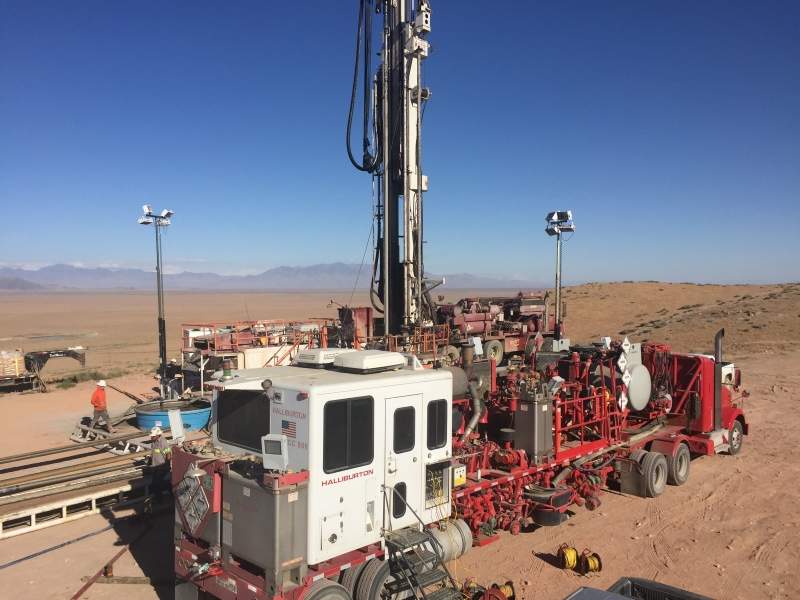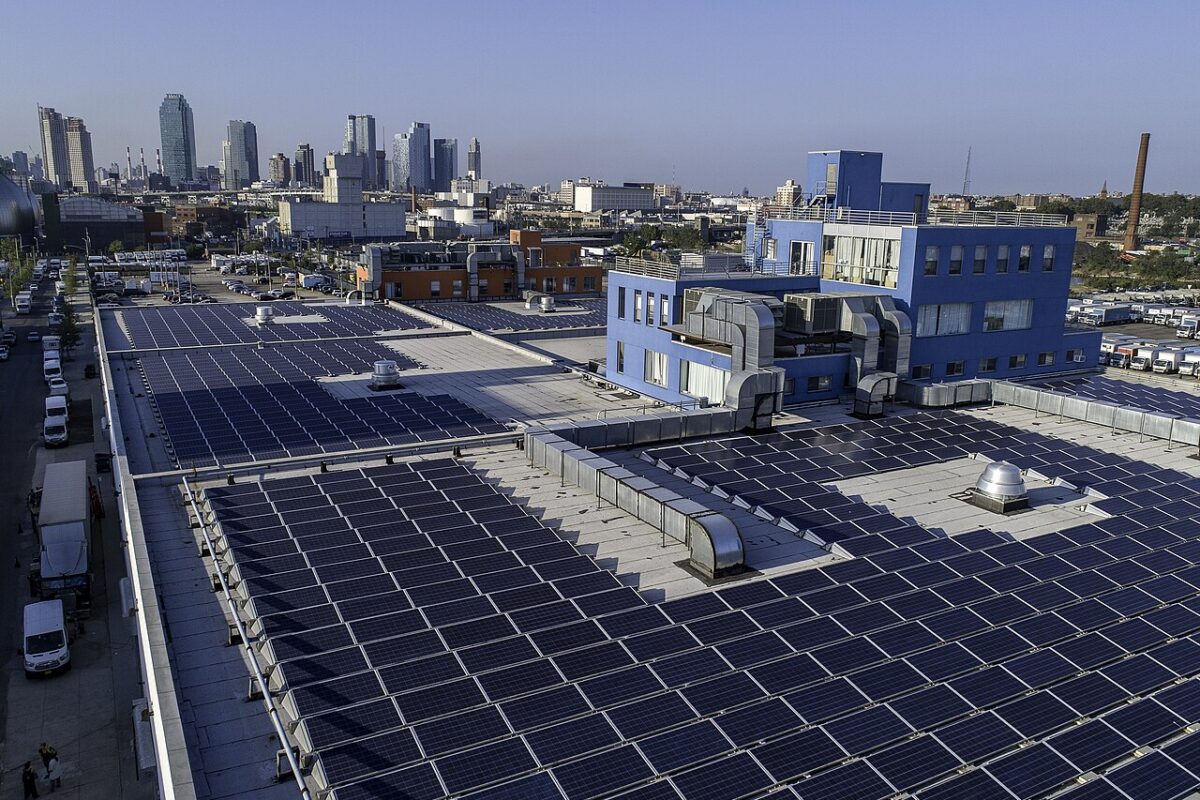Quidnet Energy, a startup developing a long-duration energy storage technology, just closed on a $10 million series B financing round. Additionally, the firm announced a contract with the New York State Energy Development Authority (NYSERDA) for a 2 MW/20 MWh demonstration project of its geomechanical pumped storage (GPS) technology.
That’s ten hours of storage versus the four hours typical of the predominant lithium ion battery technology.
Existing investors Breakthrough Energy Ventures (founded by Bill Gates in 2015) and Evok Innovations participated in the round, along with new investors Trafigura and The Jeremy and Hannelore Grantham Environmental Trust.
Quidnet aims to develop an efficient cost-effective alternative to traditional pumped hydro.
The missing piece
True low-cost, long-duration energy storage has always been the missing piece in making intermittent wind and solar act like baseload thermal generation year-round.
Quidnet looks to use “excess” renewable energy to store pressurized-water under ground at dry oil and gas wells. The startup is aiming to work with electric utilities and deliver commercial-scale projects across the North American electric grid.
“Quidnet’s GPS technology is a novel form of hydroelectric energy storage. It uses time-tested well-drilling and construction technologies to pump water under pressure into subsurface geological reservoirs to store energy. When variable renewable energy is not available, this water is released to drive hydroelectric turbines to power the electric grid,” said Quidnet CEO Joe Zhou.
Zhou noted, in an interview with pv magazine that the company was “building off of known supply chains: pumping, wells, drilling, piping, etc.”
He added, “Today, the duration is ten hours but we can get to tens of hours, maybe hundreds of hours, dependent on the volume of the cavern.”
The New York project
The project in New York State will be 2 MW/20 MWh in size, supported through NYSERDA’s High Performing Grid Program. Chou adds, “The 2-MW project will be funded by NYSERDA with $2.5 million — we’ll contribute the other half.” The company suggests that “even at this modular scale, per-kilowatt installed costs are expected to be less than 50% of traditional pumped storage due to simpler civil construction scope.”
“Integrating renewables and replacing retiring thermal generation require cost-effective long- duration electricity storage at an immense scale,” said the CEO.
Mike Biddle, managing director at Evok Innovations said, “Because they are leveraging long understood geologic principles, we are confident that they can scale rapidly.”
Long duration energy storage players
While there’s been a lot of chatter about long-duration energy storage, other than pumped hydro, there’s been little in the form of commercial deployment. Companies that have pursued long-duration energy storage include:
- Flow battery firms such as Primus, Invinity, Sumitomo, UET, ESS and ViZn
- Gravity-based approaches such as Gravity Power, Ares Power, and Energy Vault
- Compressed air or gas approaches such as Hydrostor and Highview Power
- Whatever Form is doing: Form Energy has raised over $50 million in funding from Eni Next, MIT’s The Engine, Breakthrough Energy Ventures, Prelude Ventures, Capricorn Investment Group and Macquarie Capital. Form’s first commercial project is a 1-MW, grid-connected storage system capable of delivering its rated power continuously for 150 hours with Minnesota-based utility Great River Energy.
This content is protected by copyright and may not be reused. If you want to cooperate with us and would like to reuse some of our content, please contact: editors@pv-magazine.com.








It might use long held tech, there is nothing about it’s efficiency or about what is coming back up beside water as lots of nasty stuff down there with various nasty gaseous, liquid HCs, minerals, etc that can escape from the pond..
Nor is it needed as the future storage and on demand generation is in homes, buildings, EVs with V2G because so many in just 10 yrs as so cheap, will swamp ones like this and other grid scale storage.
For instance EV storage is near free as recent life data for most EV batteries done right V2G degradation is minimal and for EVs that rarely use their full range, V2G use could increase battery life as keeps the chemicals active, thus capacity from stabilizing and no longer storage power.
“Whatever Form is doing” is building a flow battery, so you should have listed them as a flow battery firm.
Available “Subsoil Geological Resevoirs” are not available EVERYWHERE…. but only limited places….. try again… this can only meet (potentially) limited “promising” locations…. just like Pumped Hydro Storage it is emulating..
I share the concern as to what will come up with the water. Has the potential for small earthquakes and/or other seismic events been examined due to the expansion/contraction of the ground?
I think Jerry is right on both counts. All these long duration storage technologies have failed to get market traction because there is no demonstrated market need for anything beyond four hours at least for the next seven years. Renewables, nuclear and the occasional use of gas combined with all the other demand response, short term storage options that are coming down the pike will mean that the US can go coal free in six or seven years and reduce gas usage to the point that emissions form the power sector will be reduced by 90% by 2030 even if gas supplies 30% of the energy for a few weeks per year.
Water doesn’t compress so the air in the empty well will compress as water is forced in. The system has to be air tight. They would need a pond of water to fill the well and use the same pond to fill up when generating electricity. The concept is ok, I don’t know if the efficiency/cost compares to other storage systems.
I don’t get it. Water is incompressible. What am I missing?
Obviously losses due to leaks or leaching or reactions between the compressed gases ,water and rock(minerals) will erode stored resources , then designs should factor in this
For a decade or two the pursuit of low cost clean energy will be positive, at least while we displace disastrous coal and gas. Let’s remember what humans use energy for – saving us physical muscle work whilst we convert the world into a mega super market where we buy things we need, for a few minutes, then discard.
It’s not only the fuel that is unsustainable – human greed is limitless and that is the great challenge.
Making energy cheaper makes destroying the biosphere cheaper.
No political, religious, economic, philosophical or social system has, or will, ever control man’s limitless, suicidal greed.
Could this work with spent fracking wells? If so that may significantly reduce construction costs. That said, there seems to be a lot of complexity in the design and build and risk of chemical contamination of ground water. The question will be cost: half the cost of pumped hydro may not be worth the risk and 10M will probably not go very far…
It is good to see initiative here, though, and people putting chips on various ideas. It is a huge problem and there will not be a single solution.
Another company I am trying to watch is AZA Battery which claims to have cracked the code on zinc air using a pasted electrode- which, in theory, means it could work not only for grid but also mobility.